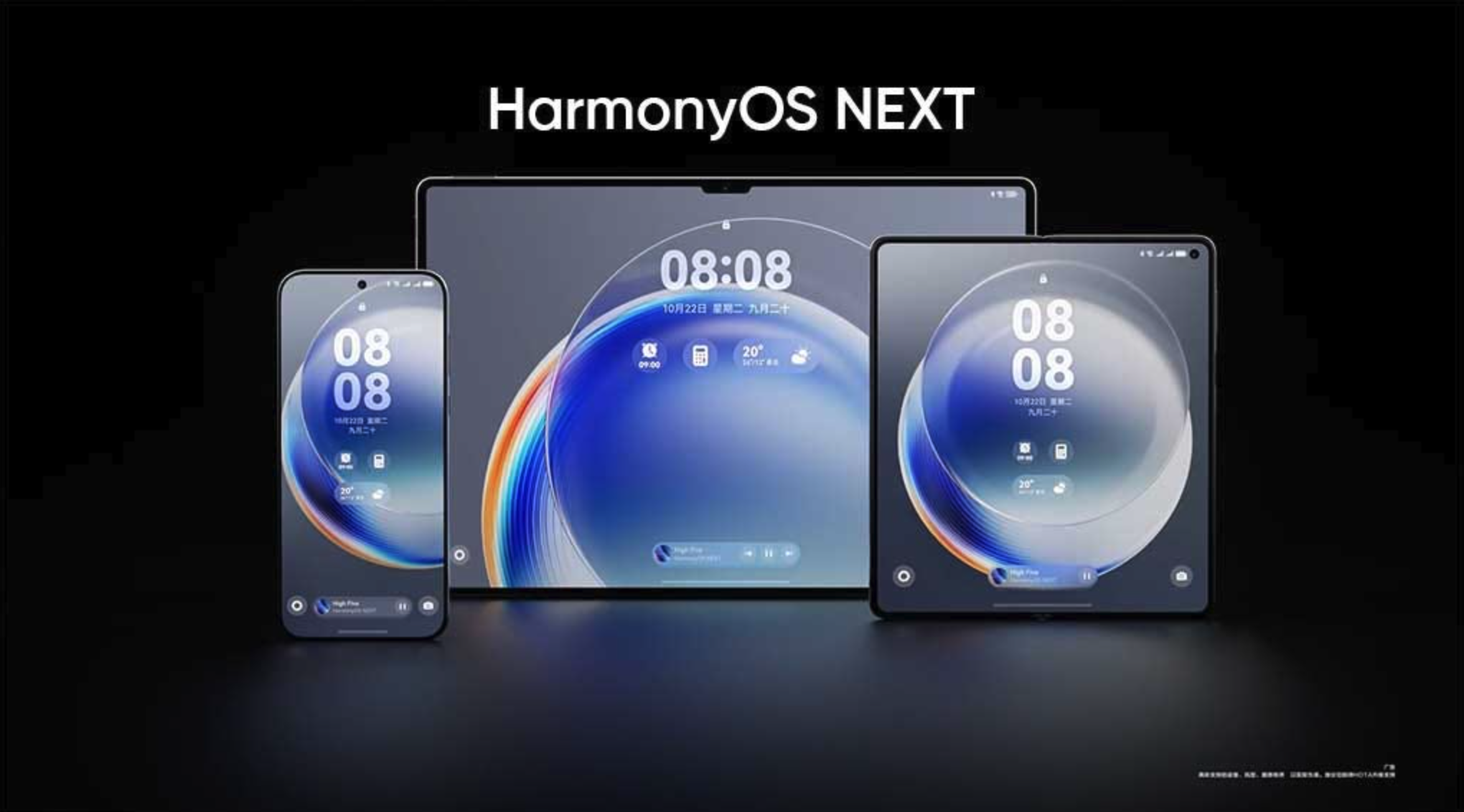HarmonyOS NEXT, a new native mobile operating system with Huawei’s app ecosystem, new user interface, and better performance.
In the digital age, software is more than a tool—it’s territory.
That’s why the U.S. government launched a coordinated effort to cripple Huawei, cutting off access to semiconductors, pressuring allies, and restricting app ecosystems. The goal was clear: control the future by controlling the code.
Once the world’s leading 5G provider, Huawei faced an existential crisis. With Android access revoked and supply chains disrupted, many declared the company finished.
They were wrong.
Huawei’s Harmony OS is more than technological resilience—it’s a declaration of independence. An end-to-end system built without American components, it stands as a blueprint for technological sovereignty.
As geopolitical fragmentation deepens, countries are reevaluating their reliance on U.S. tech giants. Harmony OS offers a third path—one that bypasses Silicon Valley entirely. Its cross-device integration, AI-powered assistants, and native productivity apps rival anything from Apple or Microsoft. Centered in China but expanding globally, its growing user base serves as a testbed for a new digital ecosystem.
Whether Harmony OS succeeds in the West remains uncertain. But its very existence signals a shift: U.S. tech hegemony is being challenged, and Huawei—once counted out—is writing a new chapter in software and global power.
Without much fanfare, Huawei also partnered with AITO, a Chinese electric vehicle brand. Launched in December 2021 in collaboration with Seres Group, AITO—short for “Adding Intelligence to Auto”—incorporates Huawei’s cutting-edge technology.
Huawei plays a pivotal role in AITO’s development, supplying powertrains, autonomous driving systems, and HarmonyOS-powered vehicle software. While Seres handles manufacturing, Huawei leads in product design, development, and sales strategy.
AITO’s lineup, including the M5, M7, and M9, integrates Huawei’s intelligent driving technology and digital cockpit—further expanding the company’s influence beyond software and into smart mobility.

An AITO car on display in a Huawei showroom in Shanghai (Image: Felix Abt)
Despite every attempt to slow its momentum, Huawei pushes forward—innovating, adapting, and redefining the boundaries of technological sovereignty. Each setback has only fueled its determination, proving that resilience and vision can outpace restriction. No matter how many roadblocks Washington erects, Huawei accelerates toward a future of its own making—one where control is not dictated by sanctions, but by ingenuity.

